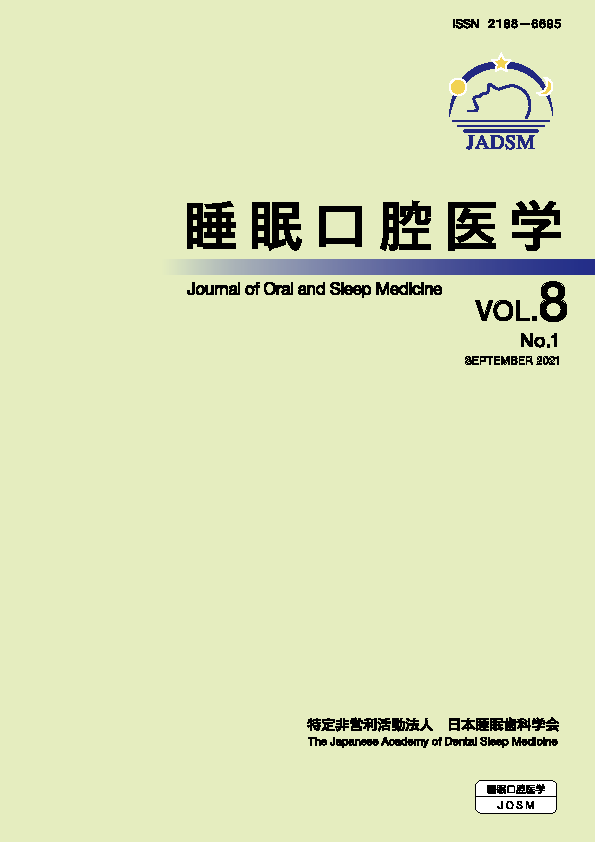Objective : The magnitude of the airflow passing through the upper airway is directly associated with the pressure difference across the upper airway and indirectly associated with upper airway resistance determined by upper airway structures when Ohm’s Law applies to the upper airway. We are clinically interested in how upper airway geometry changes during sleep, particularly in sleep-disordered breathing patients with abnormalities of the maxilla and/or mandibular structures. Specifically, surgical dilation of the small maxilla and mandible could improve the breathing during sleep in these patients. According to Ohm’s Law, upper airway resistance, that is, upper airway geometry, can be assessed by measuring the pressure across the upper airway during a constant airflow through the upper airway. Based on this simple principle, Cuff Leak Pressure (CLP) measurement was proposed by Ishikawa and Isono in anesthetized and intubated patients. In this study, we examined Ohm’s Law and CLP measurements in patients undergoing maxillo-mandibular surgeries under general anesthesia.
Methods : In the case of tracheal intubation under general anesthesia for orthognathic surgery, CLP values were measured in case of only maxilla advancement and in case of only mandible advancement, respectively. CLP was classified into skeletal types according to the horizontal classification of Sassouni and examined.
Results : The average value of skeletal type Class Ⅰ (Class Ⅰ) was 4.56 ± 3.18cm H
2O, skeletal type Class Ⅱ (Class Ⅱ) was 8.43 ± 3.6cm H
2O, and skeletal type Class Ⅲ (Class Ⅲ) was 4.24 ± 2.74cm H
2O. As a result of statistical tests, significant differences were found for Class I and Class Ⅱ (P=0.021), and for Class Ⅱ and Class Ⅲ (P<0.001), respectively. This suggests that skeletal morphology affects upper airway resistance. The CLP value decreased by pulling both the maxilla and mandible forward. In addition, the CLP value of the group with maxilla advancement decreased more than that of the group with mandible advancement, suggesting that the maxillary movement is more affected than the mandibular movement.
Conclusions : By measuring the CLP value it is possible to physiologically evaluate the changes of the upper airway in sleep surgery. It may also enable the magnitude and direction of movements to be confirmed during surgery for considering airway resistance and the effect of sleep-surgery treatment. In addition, it is considered possible to estimate the skeletal morphology that induces OSA and its factors, thus helping to elucidate the pathophysiology of OSA.
View full abstract
